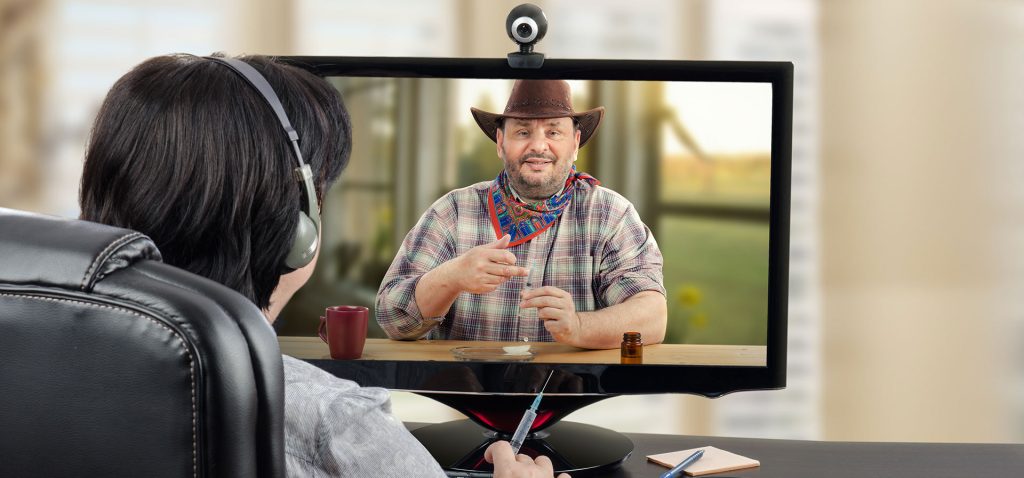Telemedicine In The Operating Room: Bringing in Physicians and Family

Bringing telemedicine into the operating room is a reality in some hospitals. Abington-Jefferson Health, specifically, is using the technology to deliver consulting providers as well as patient families into the previously restricted space. By using a live-video connection during the procedure, the surgeons and staff can openly and easily communicate and reduce wait times for family updates.
Dr. Mauricio Garrido, a cardiothoracic surgeon at the hospital, stated in a press release that by utilizing technology, they are “opening the blinds’ to the classically inaccessible sanctum of the operating room and reimagining a more respectful experience for those waiting anxiously for their loved ones.”
“We take immense pride in the service we provide to families with each patient we care for.”
Instant Consult
A patient may have multiple providers included in their care, but those additional physicians receive updates similarly to how the family does: once the procedure is completed and when the surgeon has time. Furthermore, input from physicians who are required throughout the operation often has to be provided in person and can delay completion. Some facilities have audio connections that can be accessed, but they may be insufficient or unreliable. These communication barriers also lead to backups and delayed start times for those who are scheduled afterward. Guidance, oversight and feedback during the operation can be limited.
By utilizing telemedicine, treating physicians are now able to communicate with other providers who are involved in the care as well as specialists who may be able to provide insight from a distance.
For cardiac procedures at Abbington-Jefferson Health, the video connection provides an additional level of oversight and collaboration that has been difficult to achieve prior to the addition of these technologies.
Reducing The Time On The Table
These consults provide a greater impact than just offering valuable information or feedback. For those patients who require intervention from another provider prior to the conclusion of a procedure or operation, the live video solution allows other physicians to get the information that they need to proceed to the next step. “In cases where a remote consult is performed immediately,” Garrido stated. “Abington’s surgical team can potentially reduce a patient’s time on bypass or under anesthesia.”
Reducing The Wait
By introducing HIPAA compliant live video into the operating room, the facilities can focus on important elements of treatment that go beyond the operating room. While a family member or loved one is being operated on, the wait time for the family can seem eternal. There are few updates, especially on very long procedures, because the people who could update are actually providing the service. The operating room is a sterile environment that should limit the number of people who enter and leave during the procedure. By introducing a secure way to communicate with people outside of the operating room, telemedicine allows family members to receive updates during a time where they are typically in the dark while still preserving the operating room environment is preserved.
Telemedicine During Surgery Is Just The Beginning, But It’s Available Now
Over time, live video connections will work alongside robotic tools and remote monitoring devices to offer a more complex level of care and supervision than patients have ever experienced. We get closer to this every day. Telemedicine, however, can be implemented quickly without considerable overhead. It’s is the simplest part of the equation for these facilities, and it can provide tools for oversight, supervision and input. It also eases of the emotional burden for families. For more information on how telemedicine can be implemented into the surgical theatre for your facility, request a Mend telemedicine demo above! One of our workflow specialist can help you design an ideal solution for your team.